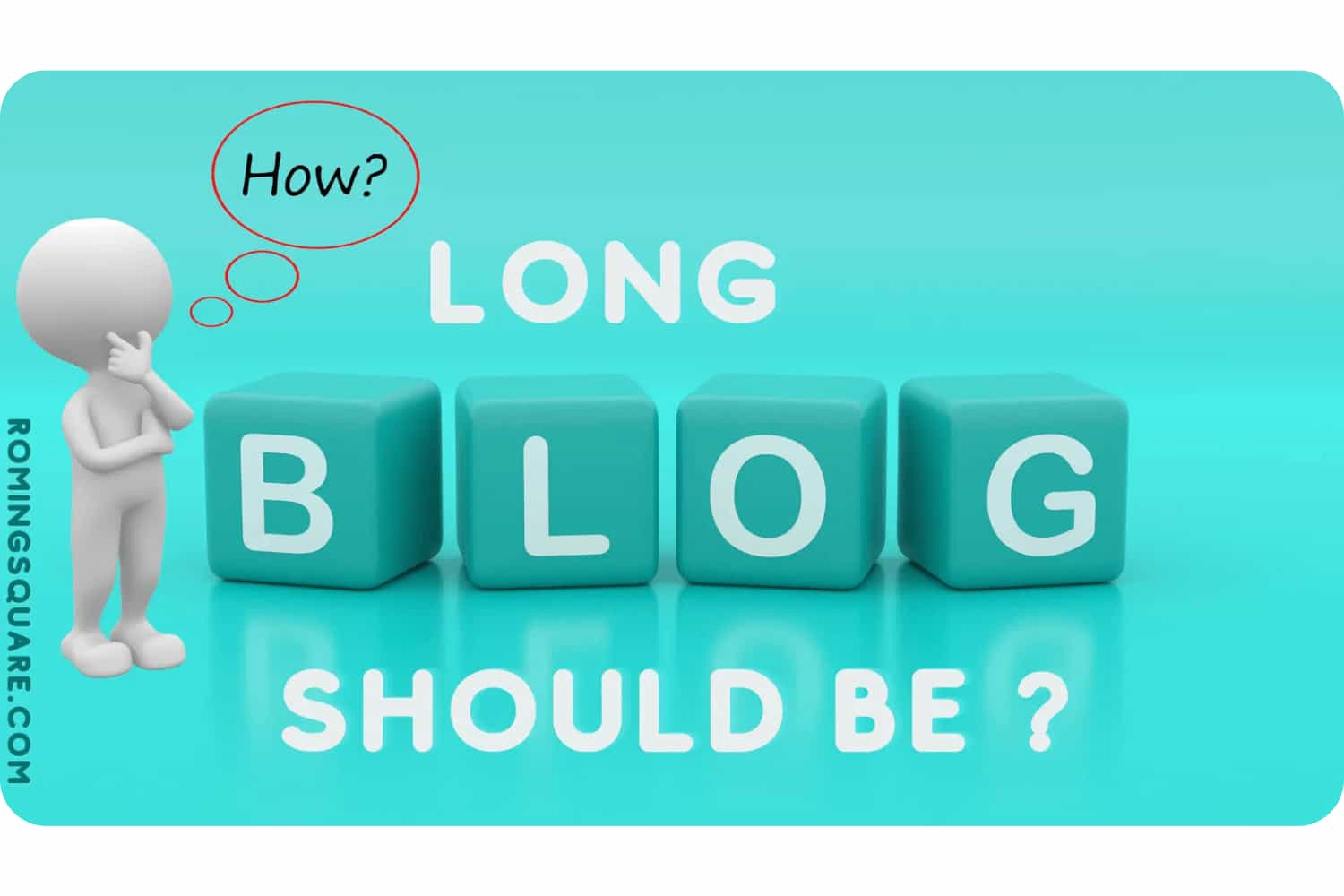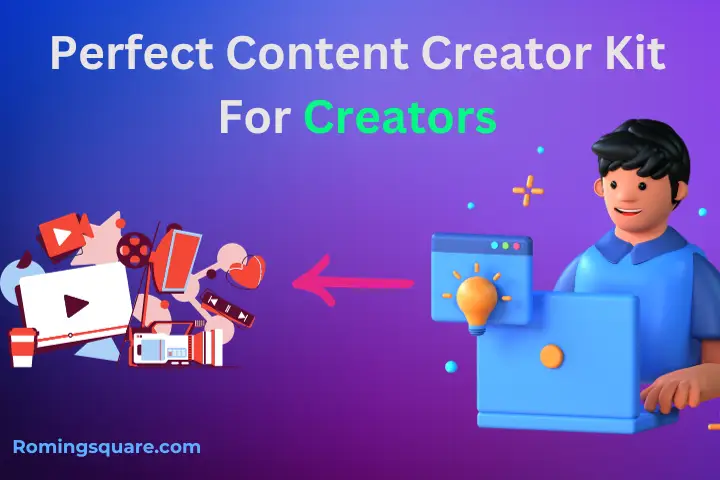
One of the most common questions bloggers face is “How long should my posts be?” There’s no universal answer, but finding the optimal blog post length for your content can have a big impact on your success.
In this post, we’ll explore the benefits of different post lengths, and provide tips to determine the ideal word count for your blog.
Why Blog Post Length Matters
The length of your posts affects multiple aspects of your blog:
- SEO and rankings: Longer, in-depth posts tend to perform better with search engines. More words allow you to optimize content for relevant keywords.
- Reader engagement: Shorter posts can better hold reader attention. But longer posts may encourage more time on site and social sharing.
- Thought leadership: Comprehensive posts demonstrate your extensive knowledge on a topic better than truncated posts.
- Conversion opportunities: Long posts offer more real estate for affiliate links, ads, and calls-to-action.
Depending on your goals, different post lengths may be optimal. There’s no universally perfect count, but tracking analytics can reveal what resonates most with your readers.
Common Blog Post Lengths and Uses
Let’s explore some typical blog post length categories and when you may want to use them:
Micro Blog Posts (Below 500 Words)
Best for:
- Ultra-short how-tos
- Quick news updates
- Link posts
- Teasers pointing to longer content
Micro posts under 500 words work well when you need to convey something urgently or briefly. But they offer minimal SEO value and won’t demonstrate in-depth expertise.
Short Blog Posts (500-800 Words)
Best for:
- FAQs
- Listicles/roundups
- Profile interviews
- Product reviews
For bite-sized pieces of content that briefly cover a topic, aim for 500-800 words. This length is long enough to share valuable information, while short enough to prevent reader fatigue.
Medium Blog Posts (800-1,500 Words)
Best for:
- Beginner tutorials
- Opinion pieces
- Personal stories
- Research studies
For instructional or personal content that requires more detail, medium posts in the 800-1,500 word range deliver ample value without becoming tedious reads.
The blog post you’re reading is medium blog post.
Long Blog Posts (1,500-2,500+ Words)
Best for:
- In-depth guides
- Research reports
- Ultimate reviews
- Comprehensive resources
For advanced guides, detailed case studies, and authoritative resources, long-form posts over 1,500 words demonstrate your deep understanding of a topic.
Longer content offers plenty of space for keyword optimization as well. Just beware dragging posts out with fluff.
Also check : Mastering AI Writing: The Complete Guide to Level Up Your writing Skills
Tips for Determining the Best Length
When deciding how long your blog posts should be, keep these tips in mind:
➤ Research top search results: Look at word counts for articles ranking highly for your target keywords. This reveals lengths search engines prefer.
➤ Study competitors: See what post lengths industry leaders utilize, and experiment with matching or exceeding it.
➤ Analyze your data: Check analytics to see which existing posts of different lengths perform best on your site.
➤ Consider reader attention spans: Know your audience, and create content well-suited to their needs and consumption habits.
➤ Match length to intent: Factor in the type of content and goal. For example, list posts need less length than research reports.
➤ Use tools: Platforms like SurferSEO determine ideal length based on analysis of top search results and metrics.
Maximizing Long or Short Blog Posts
No matter what length you choose, optimize the content quality:
For long posts:
- Break content into scannable sections with headers and chunks of text.
- Include images, infographics, quotes, and lists to add visual interest.
- Use storytelling elements and humor to maintain engagement.
- Publish chapters or parts over time rather than one massive post.
For short posts:
- Craft a compelling title and intro to pique reader curiosity.
- Stick to the main focus without unnecessary tangents.
- Include links to related longer content to provide more value.
- Publish Series of connected short posts rather than isolated ones.
Here Are Some AI Tools That will help you write your blog faster.
Find Your Optimal Blog Post Length
While there are general guidelines, the best blog post length varies based on your niche, audience, and goals. Through a combination of research, data analysis, and split testing, identify the sweet spot that works for your content.
Focus on providing maximum value rather than chasing arbitrary word counts. And adapt your approach as needed over time. With the right blog post length, your content will connect with readers and enjoy sustainable search visibility.
FAQs
What is the ideal word count for SEO?
For maximum SEO value, aim for blog posts between 1,500-2,500 words. This provides ample content to optimize for multiple keywords and rank for in-depth searches. However, quality trumps length – a compelling 500-word post can outperform a bloated 2,000 word one.
How long should a beginner blog post be?
For those starting a blog, medium length posts between 800-1,200 words are ideal. This provides enough room to explore a topic meaningfully without overwhelming new bloggers. As your skills grow, gradually increase word counts.
What’s the best blog post length for list posts?
List-based posts like roundups and “best of” articles can be effective at 500-1,000 words. The concise paragraphs and scannable format allow you to share lots of useful tips and recommendations concisely.
Should I break up long posts into a series?
If you have an extensive guide or piece exceeding 2,500+ words, consider splitting it into a multi-part series vs one massive post. Breaking content into smaller chunks helps retain reader attention and allows you to cross-link between installments.
How important are images and formatting for long posts?
Visual elements are extremely important for long posts. Images, graphics, videos, quote callouts, headers, and bullet points break up dense text and improve readability. Well-formatted long posts perform significantly better.
How do I maintain engagement for longer posts?
Use storytelling, humor, real-life examples, FAQs, and other creative techniques to keep readers hooked in in-depth guides and resources. Structure content logically, use visuals, and highlight takeaways.
Should I follow competitor post lengths or break the mold?
Research competitors, but don’t blindly match them. If their typical length doesn’t suit your audience, try testing shorter or longer posts. Let your analytics and reader feedback guide you vs. industry norms.
How often should I reevaluate my ideal post length?
Check your analytics quarterly to see how newer longer or shorter posts perform over time. As your skills and audience grow, preferred length may change. Be willing to pivot your approach as needed.
What tools can help determine best post length?
Tools like BuzzSumo, SEMrush, and SurferSEO analyze the top-performing content for a given keyword to provide data-driven recommendations for ideal word counts that attract traffic and rankings.





